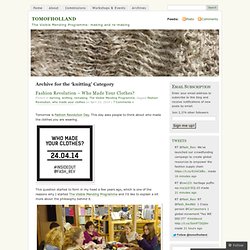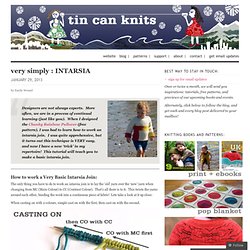

Project Based Learning: Start Here. Despite the popularity of project based learning, a lot of teachers haven’t gotten around to trying it yet.

You’ve been meaning to; you just haven’t had time to learn how. Or maybe you’re doing something you call project based learning, but you have a nagging feeling that you might not be doing it quite right. If any of this sounds familiar, then this will help. One reason PBL might be hard for some teachers to start is that there’s just so much stuff out there about it. Who has time to wade through it all? The easiest way to explain PBL is to compare it to what we think of as “traditional” instruction: In a traditional classroom, we deliver content to students, give them opportunities to practice or apply what they learned, and eventually conduct a summative assessment—this could take the form of a test or it could be more of a performance assessment, like an essay, a speech, or a project of some kind. Take the study of viruses, for example.
Media Saves the Beach More Examples. Permaculture_News. Permaculture_News. OpenFarm_Subscribers. Free Shawl Knitting Cheat Sheet – Laylock Knitwear Design. Hem%20Chart.docx. Hem%20Chart. Olives and Mermaids and Wine, oh my...: Reversible Circles of Lace. Diamond Brocade - Learn to Knit Diamond Brocade. Tomofholland. Welcome to the next stop of the KNITSONIK blog tour!

I was very excited when my dear friend Felicity, also known as Felix, told me she wanted to write a Knitsonik Stranded Colourwork Source Book. We have been friends for a few years now and I have always really enjoyed seeing how she turned seemingly ordinary things into knitting patterns with a lot of depth. We share a common interest in provenance and specificity and this shows in our love for working with British breed wool and fibre and appreciation of colourwork traditions.
You can see here how Felix is planning to turn this into a book. To see how provenance, locality and specifics of everyday objects can be turned into a knitting pattern, I asked Felix a few questions to give you an idea why I think that the Knitsonik Stranded Colourwork Source Book will be a book that every knitter should have on their bookshelf.
Julia Desch and her wonderful Wensleydale Longwool sheep Saint Mary’s Butts Church in Reading, Felix’s home town. Very simply : INTARSIA « Tin Can Knits. Designers are not always experts.

More often, we are in a process of continual learning (just like you). When I designed the Chunky Rainbow Pullover (free pattern), I was had to learn how to work an intarsia join. I was quite apprehensive, but it turns out this technique is VERY easy, and now I have a new ‘trick’ in my repertoire! This tutorial will teach you to make a basic intarsia join. The only thing you have to do to work an intarsia join is to lay the ‘old’ yarn over the ‘new’ yarn when changing from MC (Main Colour) to CC (Contrast Colour). When casting on with 2 colours, simple cast on with the first, then cast on with the second. When you are working the join on the right side (RS) or knit side of the work, begin by knitting to the colour change point as usual. When you get to the colour change, lay the ‘old’ yarn over top of the ‘new’ yarn. Voila – this is what your work will look like – with a perfectly invisible join when viewed from the RS / knit side of the work.
Webs Yarn Store Blog » Blog Archive » Tuesday’s Tip: Easy Knitted Plaid. February 5th, 2013 This week, Sara Delaney shows us a clever and simple way to create beautiful plaid fabric with your knitting!

Knitting plaid fabrics can seem like a daunting task when you consider that they could involve not only two or more colors but intarsia work as well. And how do you keep the tension even in an intarsia section that is only one stitch wide? Why not skip the intarsia all together with some cleverly placed purl ravines and the use of a crochet hook! Work the horizontal stripes of your plaid normally and wherever you’d like to have the vertical stripes just work a purl stitch in that vertical column of stitches.
Once you’ve finished knitting the piece you can go back with your crochet hook, and slip stitch a line of stitches into the vertical purl ravine. With this technique, it’s easy to create multi-colored plaid by changing the colors of your vertical stripes. Easy to make plaid sweaters, cowls and hats…it’s addictive! Check out our video tutorial for more details. Good Reddit Threads.